40+ Sample School Budgets
-
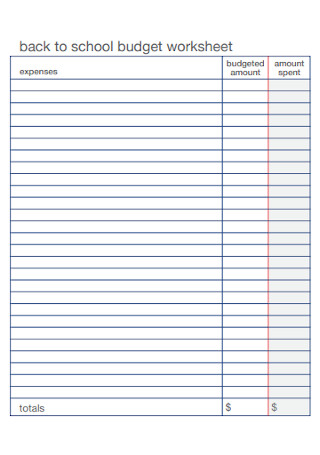
School Budget Worksheet
download now -
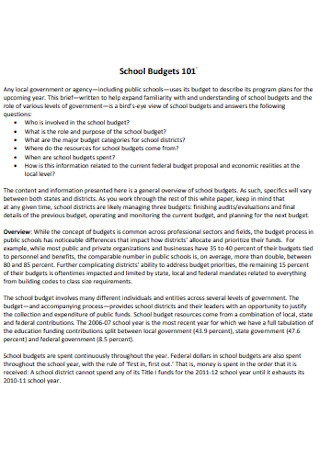
School Association Budgets
download now -
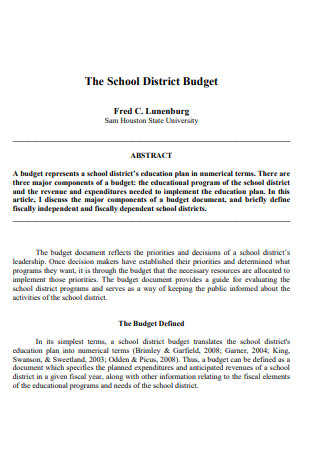
School District Budget
download now -
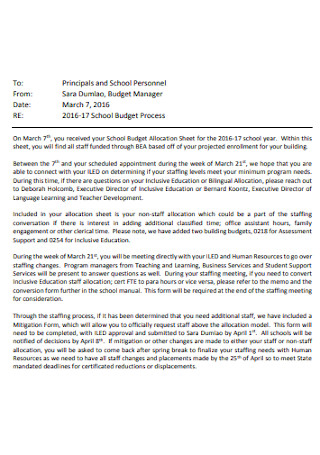
School Personal Budget Template
download now -
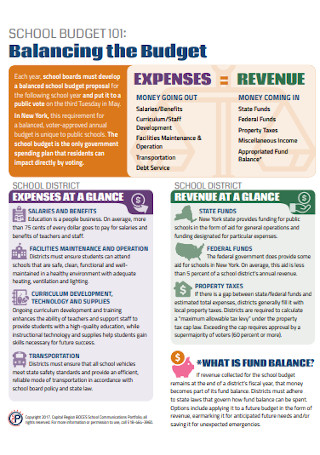
School Balancing Budget
download now -
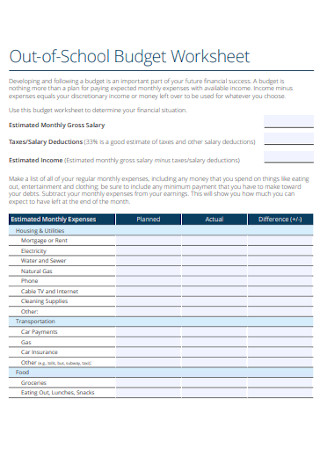
Out of School Budget Worksheet
download now -

School Budget Proposal Template
download now -
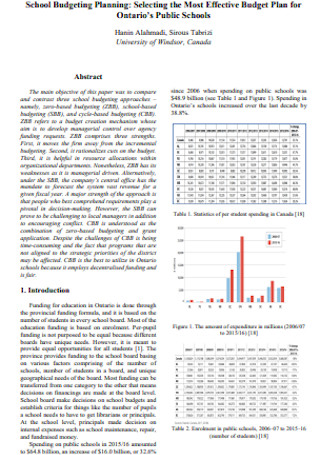
School Planning Budget Template
download now -
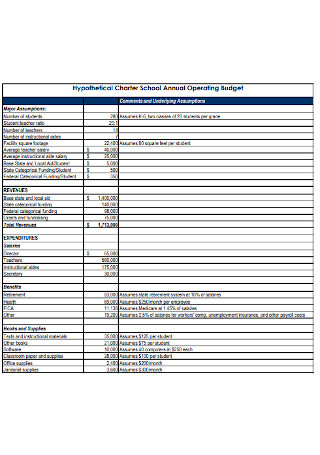
School Annual Operating Budget
download now -
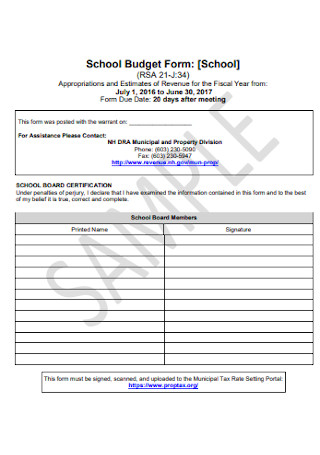
School Budget Form
download now -
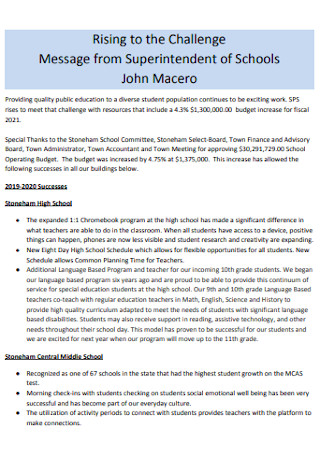
Public Schools Budget
download now -
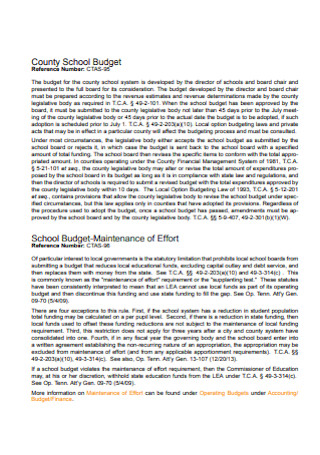
County School Budget
download now -
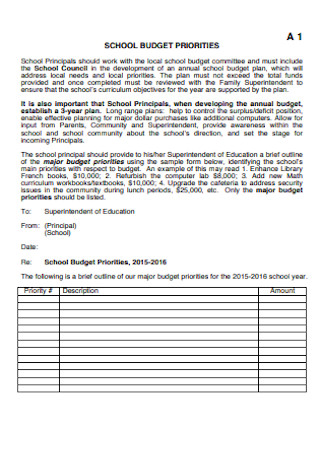
School Budget Priorates Template
download now -
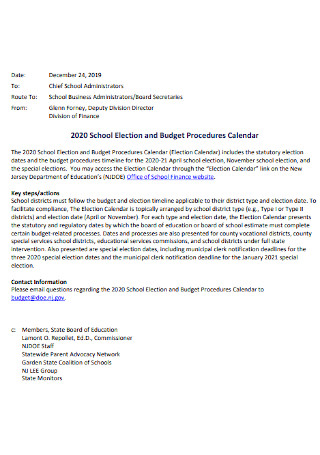
School Election and Budget
download now -
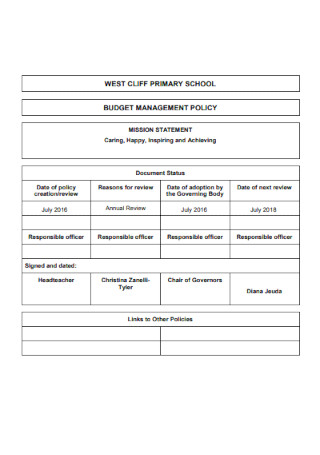
Primary School Budget Template
download now -
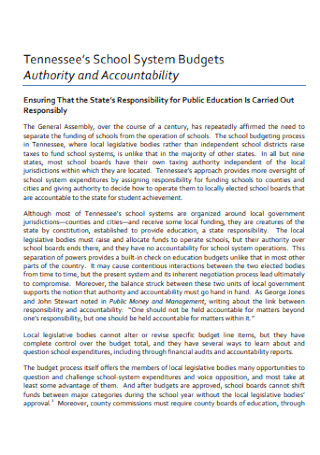
School System Budgets
download now -
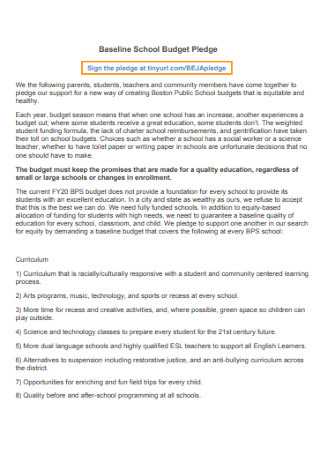
Baseline School Budget
download now -
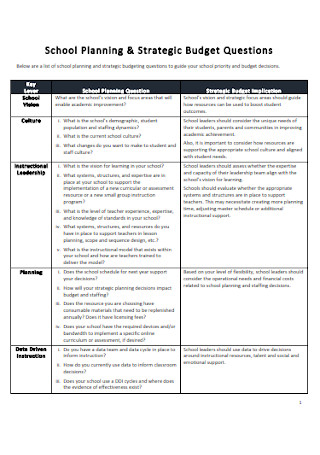
School Planning and Strategic Budget
download now -
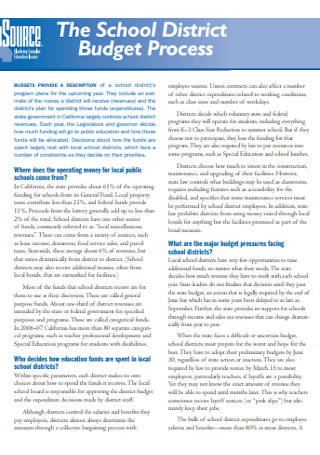
School District Budget Template
download now -
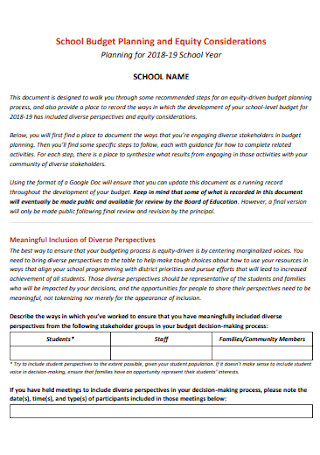
School Budget Planning Template
download now -

Building a Budget for a School
download now -
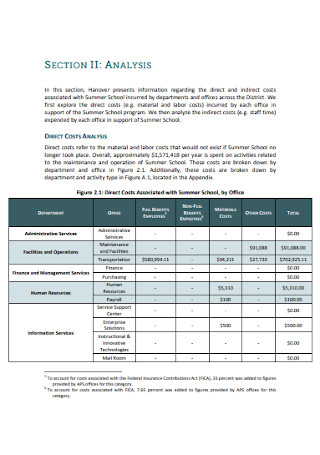
Summer School Budget Template
download now -
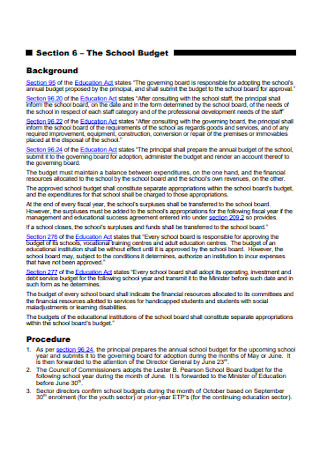
Simple School Budget Template
download now -
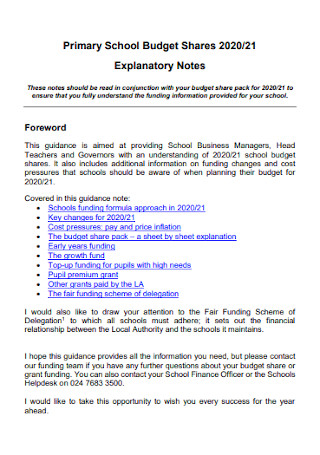
Primary School Budget Shares Template
download now -
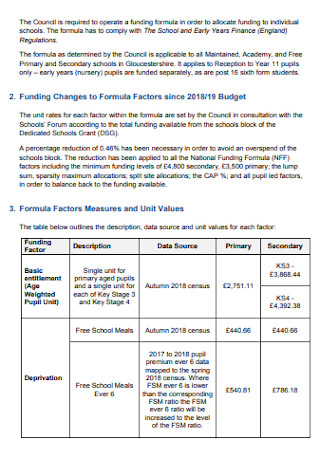
Secondary School Budget
download now -
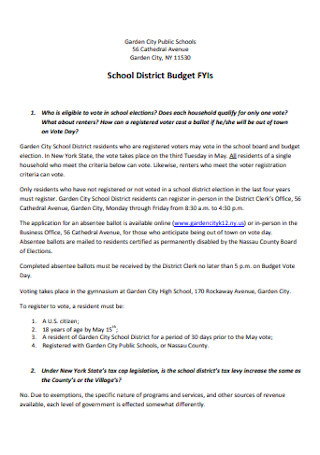
Public School District Budget
download now -

School Budgets Format
download now -
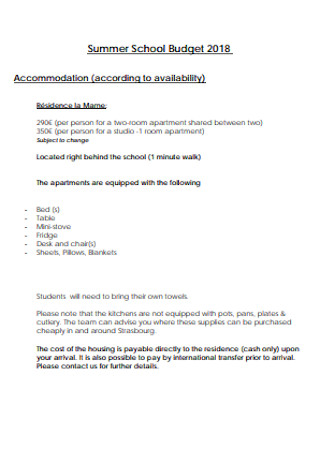
Summer School Budget Example
download now -
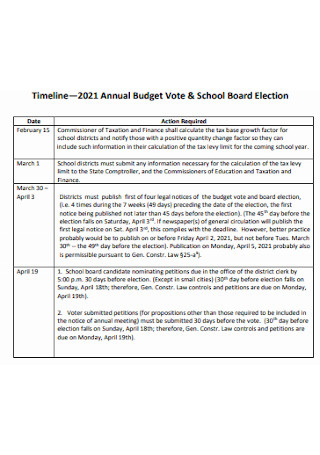
School Board Election Budget
download now -
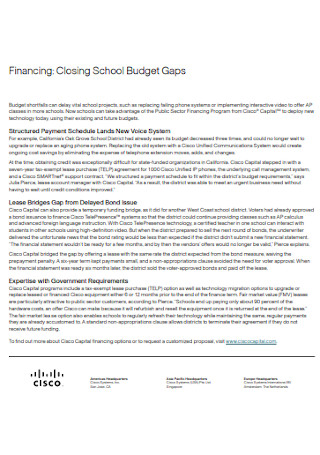
School Financial Budget Template
download now -
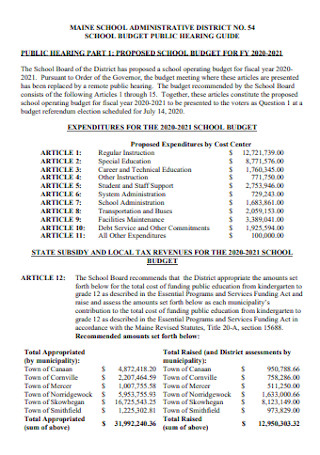
Stadnard School Budget Template
download now -
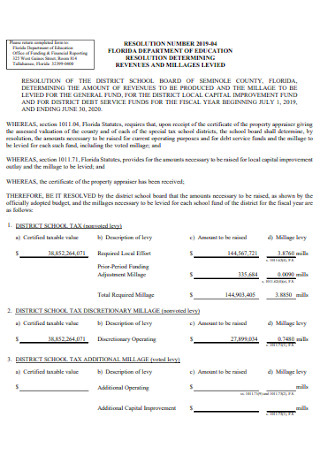
Public School Hearing Final Budget
download now -
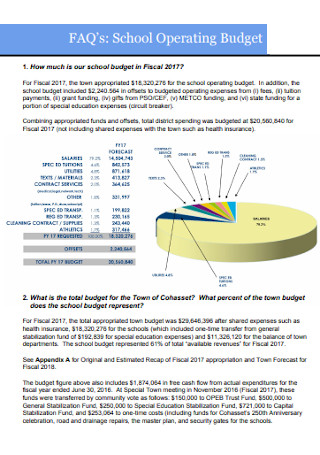
School Operating Budget
download now -
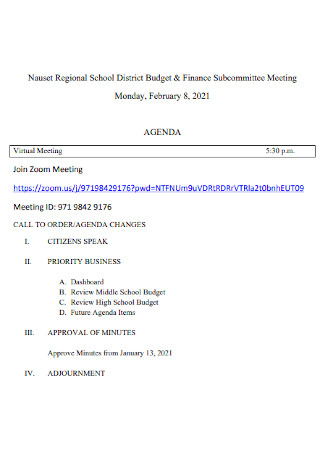
Regional School District Budget
download now -
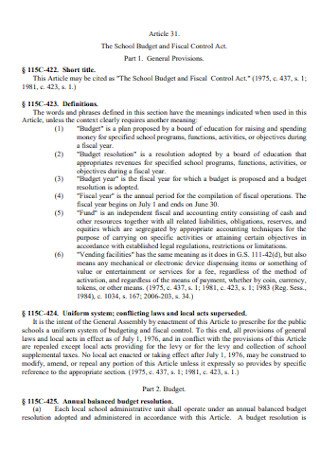
School Fiscal Budget Template
download now -
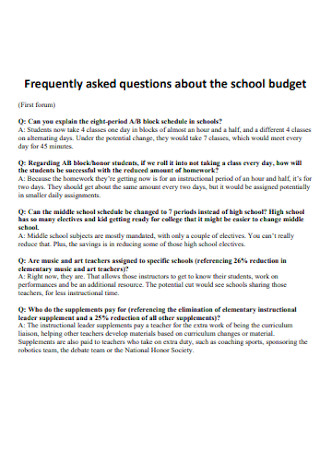
Formal School Budget Template
download now -

School Taxation Budget Template
download now -
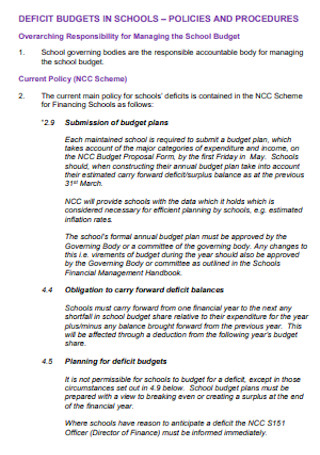
Dificit Budget in School Template
download now -
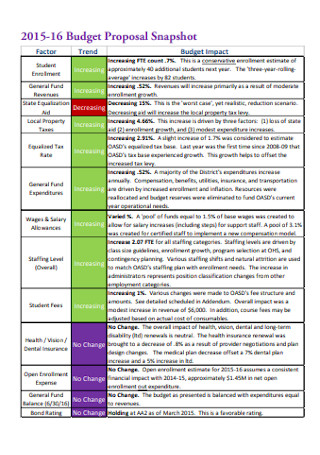
School Proposal Budget Template
download now -

Public School Request Budget
download now -

School Finance Budget Template
download now
What Is a School Budget?
A school budget is a comprehensive budget that outlines an educational institution or school district’s budget for an academic year. All educational levels from elementary school to graduate school are required to come up with a school budget.
According to an online report by the United States Census Bureau, the largest public school expense was instructional salaries totaling nearly $240 billion in 2019 or roughly about 31.9% of the total expenditures for public elementary and secondary education.
Components of a School Budget
A school budget may comprise several elements, depending on the size and capacity of the school. The following are just some of the most common and universal components that go into a typical school budget.
Tips for Crafting a School Budget
Creating a school budget, especially for a large academic community, is no easy feat. There are dozens of things to consider and all stakeholders must be duly represented. If you or your team are tasked to craft a school budget, it’s important to keep in mind these important tips.
How to Create a School Budget
Creating a school budget requires meticulous planning and strategic execution. It takes a considerable amount of time and effort to craft a well-planned school budget. But if you want to get the job done faster, consider using a template. Simply select a suitable template above and follow the step-by-step tutorial guide below.
Step 1: Create a Plan
Before you can begin crafting your school budget, it is important to plan your approach. A budget is not simply a list that you can create in a matter of minutes. You need to be able to gather all the relevant information in order to make sound decisions. It can be helpful to keep in mind that the budget will not just impact your job or your team but its effects can impact the academic community as a whole. You might also need to consult with several stakeholders to ensure a budget that is fair and well-represented.
Step 2: Set the Objectives
After you’ve laid out a plan of action, the next step is to establish the objectives. As discussed in the previous sections, having a specific objective or goal is crucial in creating a budget. This gives you a purpose and helps you keep your attention focused on what essentially matters. A school budget can be quite complex with a lot of layers to it; but if you have a set goal, you can learn to prioritize what’s important. Prioritization is easier to do when you have an objective that can set the overall tone for your budget. Try to limit the number of objectives to just a couple of clear and straightforward points, avoid listing too many objectives.
Step 3: Choose a Template
After setting the objectives, the next step is to choose a template that meets your budget needs. This way, you don’t have to worry about getting the right format. Using a ready-made template can save you a lot of time and energy. And since a budget requires a specific format, you are all set. A school budget can be presented in various ways. Whether it’s a table, chart, spreadsheet, graph, or a combination of different representations, you can easily input your budget data in the template without having to start from scratch. The selection of templates above are easily editable and downloadable.
Step 4: Create a Breakdown
A budget’s main components are its income and expenses. For school budgets, this can vary from school to school. It is important to create a clear breakdown of the school’s different sources of income and the various expenses. In the previous sections, examples of school expenses were thoroughly discussed. Everything from teachers’ salaries down to the overhead costs of the school must be present in the school budget. Further, it is also helpful to categorize your expenses or divide them into different sections or subcategories for a more organized budget report.
FAQs
What are the major parts of a school budget?
According to Schuylerville Central School, school budgets can be divided into three major categories, namely administrative component, capital component, and program component.
How do you create a school budget?
To create a school budget, you first need to establish the objective of your budget then create a detailed breakdown of the school’s expenses and income.
Why is a school budget important?
School budgets are important because they help academic administrators manage their institution’s financial resources more wisely and prudently.
A school budget, like any budget, is key in proper financial management. If you are tasked to craft a school budget, get the job done quickly and effectively with the help of a sample template! Browse the extensive template gallery above and customize your own school budget now!
